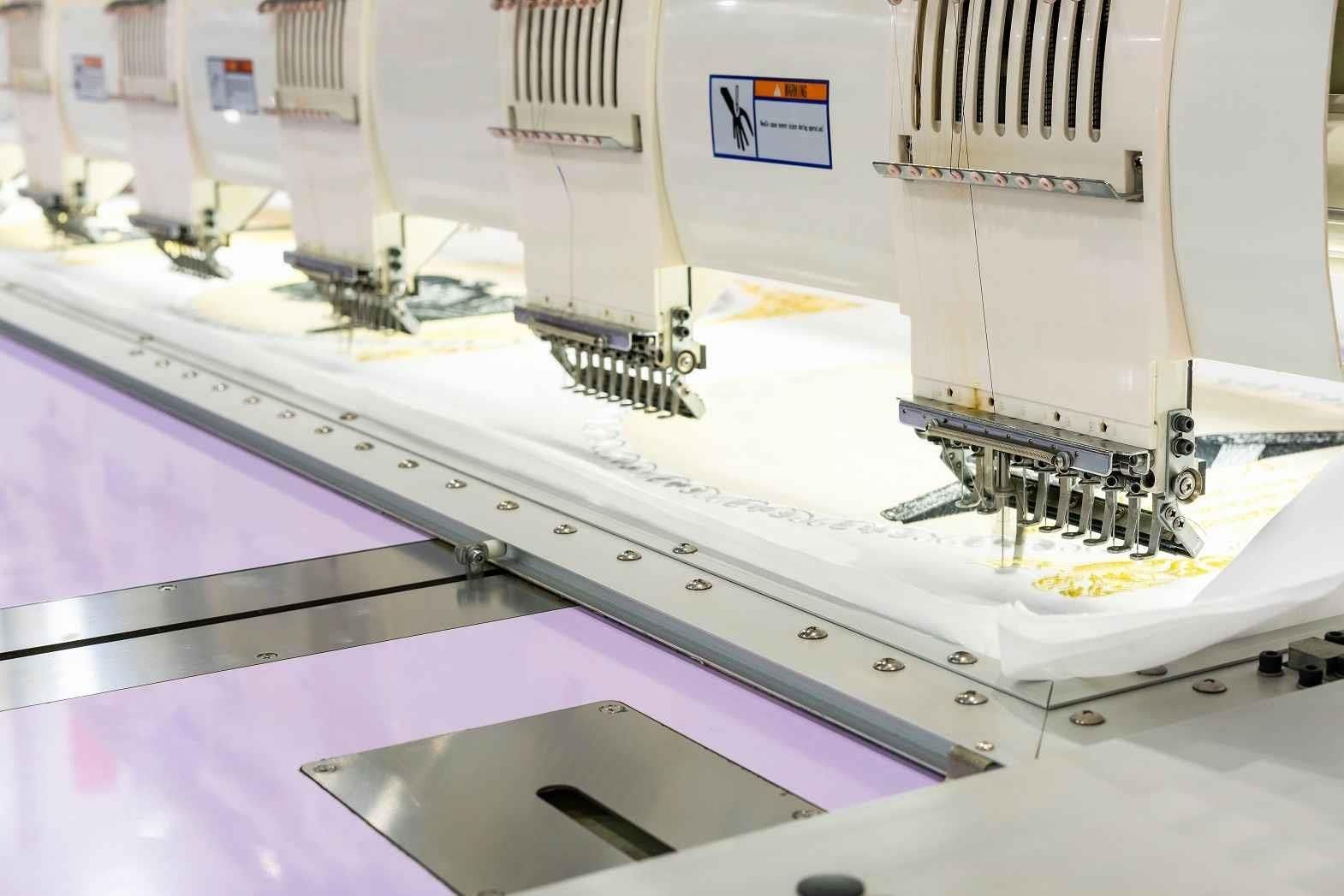Among the most valuable industries in the world, the global apparel industry is expected to reach $2.25 trillion1 in value by 2025. And among the fastest growing industries in the world, AI-led product manufacturing is expected to reach $16.7 billion2 in value by 2026. The true value, however, lies at the intersection of these two industries.
Enhancing efficiency and precision in the supply chain and procurement process is paramount for garment manufacturers seeking to meet the ever-escalating demands of modern consumers while maintaining profitability. In this context, AI and automation offer innovative solutions to address longstanding challenges and lead transformative change within the industry.
And change is already afoot. Over the last few years, AI and automation have been weaving their magic into the very fabric of production, promising a future of remarkable efficiency and precision.
Why the Urgency for Change?
Manual processes, long the mainstay of garment production, have inherent limitations. Repetitive tasks lead to fatigue and errors, resulting in inconsistent quality and missed deadlines. Supply chain bottlenecks often create production delays, and procurement can be inefficient due to limited information and forecasting inaccuracies. These challenges translate to high costs, frustrated customers, and a garment industry struggling to adapt to the demands of a dynamic market.
This is where AI and automation step in, ready to stitch together a new garment of enhanced efficiency. AI, with its ability to analyse vast amounts of data and learn from patterns, optimises the supply chain by predicting demand, managing inventory, and streamlining procurement processes. Automation, its robotic companion, takes over the reins of repetitive tasks, increasing production speed and consistency while minimising errors.
Threads of Transformation: Weaving Technology into Production
Technological advancements are making on-demand manufacturing possible. On-demand manufacturing is making garments, as and when they are needed. This allows manufacturers to maintain a more sustainable production cycle, lower inventory costs, and achieve greater efficiency in responding to customer demands. While companies have long experimented with such methods, new-age technology is finally making on-demand manufacturing processes more efficient and scalable.
The robots of today are equipped with advanced sensors controlled by AI algorithms which can enable the automation of tasks such as cutting fabric, sewing, and assembling garments. These processes happen at remarkable accuracy and speed, leading to increased productivity and cost-efficiency. The same robots can be equipped with computer vision to detect fabric defects and automatically reject faulty materials, reducing material waste and enhancing product quality.
Beyond the shop floor, AI algorithms can also enable better production planning. They can optimise production schedules that ensure efficient resource allocation and minimise waste.
Going another step further, AI enables smarter sourcing of garments by analysing vast datasets, including historical purchase data, market trends, and supplier performance, to identify the most efficient and cost-effective suppliers. This data-driven approach minimises risks and ensures sourcing aligns with sustainability goals.
AI bridges the gap between demand and production. By analysing sales data and customer preferences, AI can recommend production schedules that align with actual demand, reducing lead times and minimising overproduction. Past sales data and external factors also allow it to predict future demand with remarkable accuracy. This allows for precise buying, preventing overstocking and understocking, and reducing waste.
The Proof is in the Stitches: Real-World Success Stories
Spain-based global fashion retailer Zara uses AI in a number of its business processes to improve productivity, responsiveness, and consumer interaction. In contrast to many of its fashion rivals, Zara uses AI across its supply chain and inventory management systems, as opposed to just customer behaviour analytics. It has implemented cutting-edge technology like machine learning, real-time analytics, and RFID tagging. These technologies allow Zara to optimise transportation and inventory, reducing waste and ensuring that popular items are always available. Zara’s advanced ‘Just-In-telligent’ supply chain system, facilitates real-time optimisation of inventory levels and logistics. As a result, the company has seen its turnaround time for new designs go below the industry average of three to six months to just one week!3
Meanwhile H&M Group’s Creator Studio4, its unique print-on-demand merchandise service, is the retailer’s first use of AI which functions as a custom clothing creation tool. H&M Creator Studio enables anyone to design a mock up and produce garments. The generative AI tool outputs a custom visual artwork based on text input by the user. Now, anyone can become a fashion designer and create their own professional-level designs within seconds. The best part is that when the design is ready, it can be purchased instantly and is fulfilled through H&M’s smart logistics infrastructure.
A New Era of Innovation and Responsibility
The future of garment production is woven with even more innovative threads. Emerging technologies like 3D printing offer the potential for on-demand, customised clothing. AI-driven design software will assist in creating garments tailored to individual preferences and body types. Blockchain technology, ensuring transparency and traceability, will revolutionise supply chain management, promoting ethical and sustainable practices. Moreover, the proliferation of smart textiles and wearable technologies heralds a new era of personalised and sustainable fashion, driven by data-driven insights and consumer preferences.
Addressing the Seams: Considerations and Challenges
Despite the transformative potential, challenges remain. Concerns related to job displacement and workforce reskilling necessitate proactive strategies for upskilling employees and fostering a culture of continuous learning. Moreover, ensuring data security and privacy in AI-driven processes is paramount, requiring robust cybersecurity measures and compliance with regulatory frameworks. Overcoming resistance to change and cultural barriers to adoption requires effective change management strategies, stakeholder engagement, and organisational leadership to drive successful implementation.
A Future Sewn with Efficiency and Precision
AI and automation are not about unravelling the fabric of human work; they are about weaving a future of collaboration, where human ingenuity guides technology to achieve remarkable results. By harnessing the power of advanced technologies, organisations can navigate the complexities of modern manufacturing and capitalise on emerging opportunities for innovation and growth. Embracing these advancements will usher in a new era of garment production, characterised by unparalleled efficiency, breathtaking precision, and a sustainable, responsible approach to meet the ever-evolving needs of our globalised world. So, let us thread the needle of innovation and stitch together a brighter future for the garment industry, one fabric at a time.









Comments